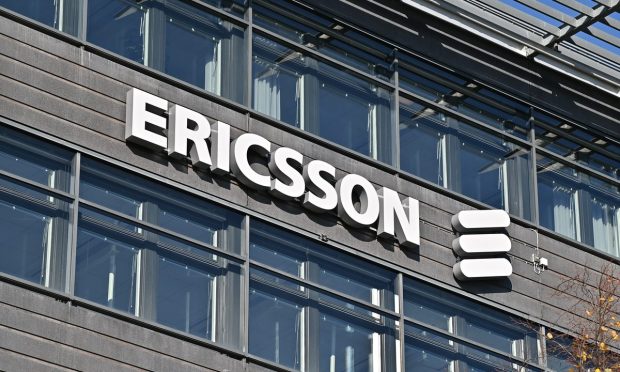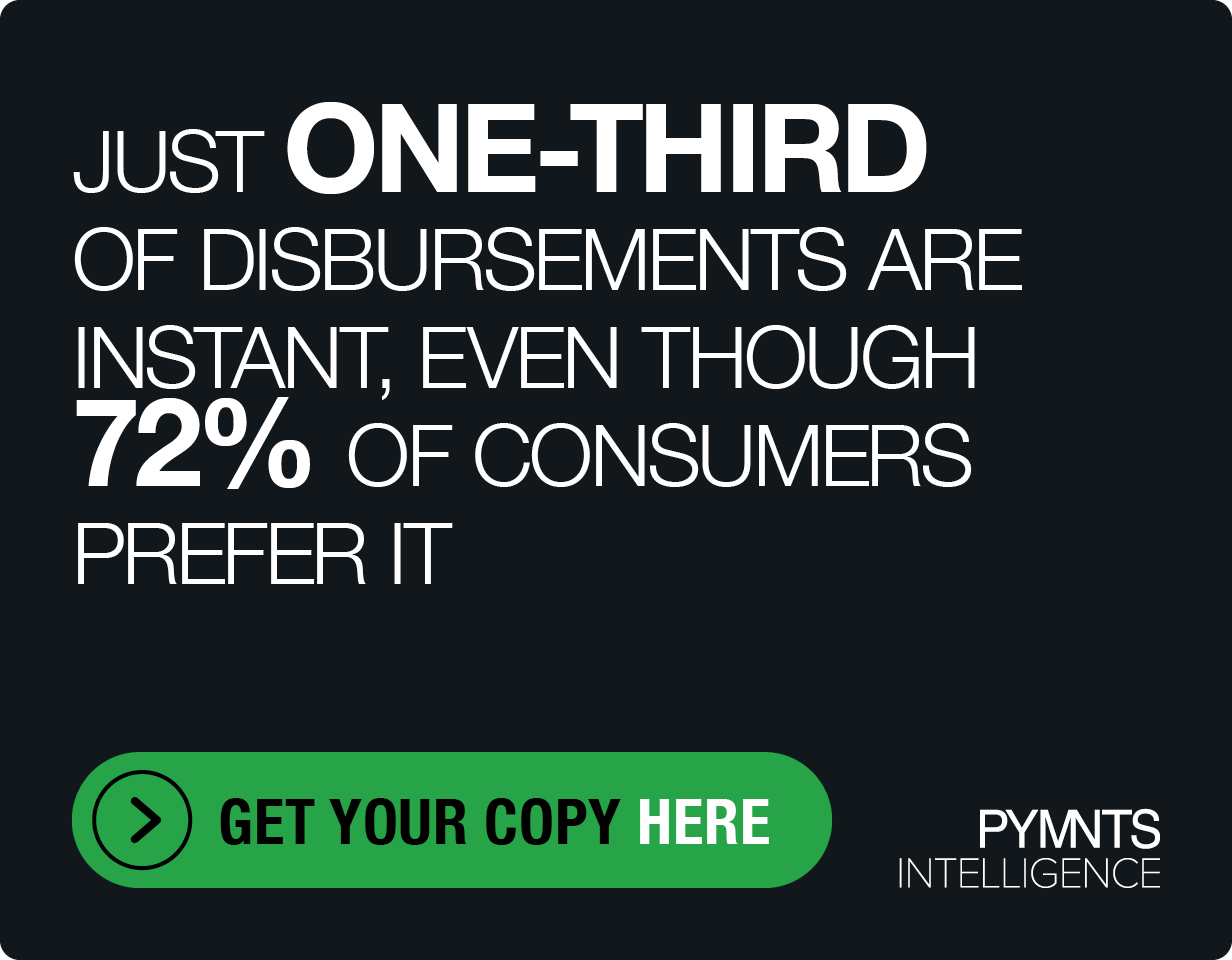Gaming and Extended Reality Among First 5G Use Cases For ‘Time-Critical Communication’

Mobile gaming, extended reality (XR) experiences and industrial control are among the first use cases for a new technology that facilitates real-time 5G experiences.
Dubbed “Time-Critical Communication,” this new product is a software toolbox that resolves lags and interruptions in 5G networks, Ericsson explained in a Monday (Oct. 25) press release. This new Critical IoT software product can be deployed on public and private networks, in wide and local areas, on any 5G frequency band.
“We are offering a 5G software solution that will help our customers seize on business opportunities afforded by the latest technologies,” Ericsson President and CEO Börje Ekholm says in a video announcing the new product.
Piloting 5G for Time-Critical Use Cases
The company says Time-Critical Communication will elevate experiences in real-time media use cases such as cloud gaming and XR, and unlock new ones in remote control, mobility automation and industrial control.
For the 2.5 billion mobile gamers across the world, it will deliver a lag-free gaming experience. For 5G users, it will provide immersive XR experiences. For enterprises, industries and public agencies, it will deliver high-performance reliable connectivity for production processes or mission-critical services.
Ericsson reports it has been piloting 5G for time-critical use cases with customers and industry partners since 2017.
In a partnership with U.K. vehicle battery manufacturer Hyperbat and communications service provider BT, a 5G virtual reality digital twin enables colleagues in multiple locations to simultaneously work on the same product and see the results of their work. A digital twin is a digital representation of a physical object viewed through a digital interface such as VR glasses, Ericsson said.
With mining company Boliden, Ericsson is testing drill rigs that have been retrofitted with autonomous operation and remote-control features. The company reports that this could enable Boliden to perform the same amount of blast operations with five modified rigs as they could with seven traditional rigs.
Powering the Connected Economy
In a third pilot, Ericsson and Deutsche Telekom demonstrated how lag can be reduced in an interactive cloud-based video game and augmented reality (AR) and virtual reality (VR) applications. The companies recorded a game played over a 5G cellular network with and without a managed low-latency feature. There was a visible difference in the smoothness of the game, they report.
5G is one of the enabling technologies powering new connected economy use cases, and seamless and secure movement between devices and channels, PYMNTS CEO Karen Webster wrote in an Oct. 18 opinion piece.
In one example of this, Deutsche Telekom’s research and development unit, T-Labs, and T-Mobile U.S. launched a worldwide competition Oct. 19 that seeks innovative ideas for 5G-powered extended reality (XR) solutions that transform the retail experience both in-store and at home, PYMNTS reported.
Dubbed the T-Challenge, the competition invites startups, developers, researchers and designers to submit innovative research and solutions for using 5G networks and XR technology to create new innovations in how consumers shop, using immersive XR experiences in stores, at home and on the go.
Read more: Worldwide Competition Seeks 5G XR Solutions for Retail
